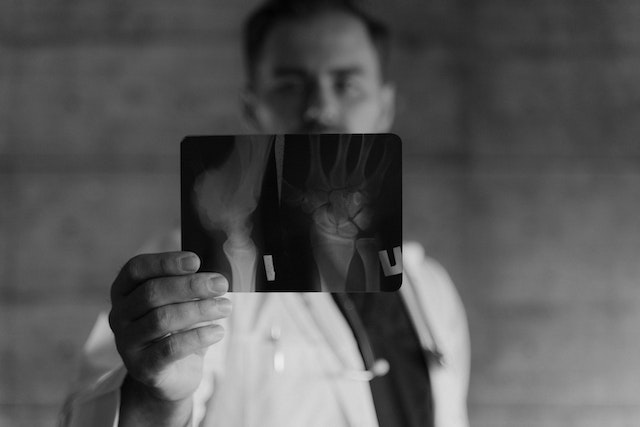Hiring Amidst a Global Radiologist Shortage
Healthcare facilities, whether hospitals, standalone imaging centers, or outpatient care units, are grappling with the global radiologist shortage. Factors such as the COVID-19 pandemic, burnout-related retirements or career changes, and the increased demand for imaging among an aging population have converged, straining healthcare professionals who were already in high demand.
A recent survey conducted by Radiology Business reveals ongoing challenges within the imaging field, affecting various roles including radiologists, administrators, and technologists. The survey data highlights several key findings:
Challenges: The top three challenges for professionals in the imaging specialty are “increased workload due to organizational changes,” “overall staffing levels,” and “increased patient volumes.” These challenges have persisted over the years.
Recruitment Competition: The competition for hiring radiologists has intensified, leading hospitals and practices to offer incentives such as six-figure sign-on bonuses, flexible hours, extended vacation time, and immediate partnership tracks.
Radiologist Compensation: Radiologist compensation continues to rise, with an average gross annual salary of $481,660 in 2022. This represents a 13% increase from the previous year. Total compensation, including bonuses, averaged $589,505.
Fair Compensation Perception: The majority of respondents across various roles felt fairly compensated, with percentages ranging from 56.8% (radiologic technologists) to 66.7% (across all titles).
Job Stability and Satisfaction: Despite the high demand for professionals, a significant portion (58.8%) decided to stay in their current positions, citing factors like slow licensure processes, long onboarding times, economic uncertainty, and housing challenges.
Financial Pressures: Financial challenges within organizations are a concern across all titles, with “external financial pressure on our organization” ranking as the top concern affecting job security and satisfaction.
Burnout and Workload: Burnout is a significant issue due to high patient volumes, increased workloads, and staffing shortages. Overworked or burned-out feelings were reported by various professionals.

How is the Healthcare Industry Responding to this Radiology Shortage?
Artificial intelligence (AI) has emerged as a transformative solution in radiology. It expedites diagnoses, improves efficiency, and acts as valuable decision support. This is particularly crucial in remote areas with limited access to radiologists. AI’s potential is highlighted through its applications in various medical scenarios, such as breast cancer detection, tuberculosis detection, lung cancer detection, and fracture detection and prediction. AI offers advantages like enhanced diagnostic accuracy, increased efficiency, early disease detection, decision support, continuous learning, standardization, accessibility, cost savings, and facilitating research. However, challenges include data quality and quantity, integration with existing systems, regulatory and ethical considerations, validation and interpretability, bias and fairness, human-AI collaboration, technical limitations, adoption and training, cost and infrastructure, and malfunction and safety. Despite these challenges, AI holds the potential to revolutionize radiology, address the radiologist shortage, and transform healthcare globally.
Partnering with Momentum for Radiologist Staffing
Partnering with an experienced healthcare recruiting firm like us offers your healthcare facility a strategic advantage in sourcing a pool of qualified radiologists. Our deep industry expertise and extensive network enable us to identify top-tier professionals efficiently, streamlining your hiring process. Our insights into market trends and recruitment challenges empower us to tailor solutions that resonate with candidates and meet your staffing needs. With our guidance, you can overcome the intensifying competition for radiologists and secure the best talent to enhance your team’s expertise and patient care. Contact Momentum Healthcare Staffing to learn more about radiology recruitment.
Sources:
Radiologybusiness.com
Itnonline.com
techopedia.com













Recent Comments